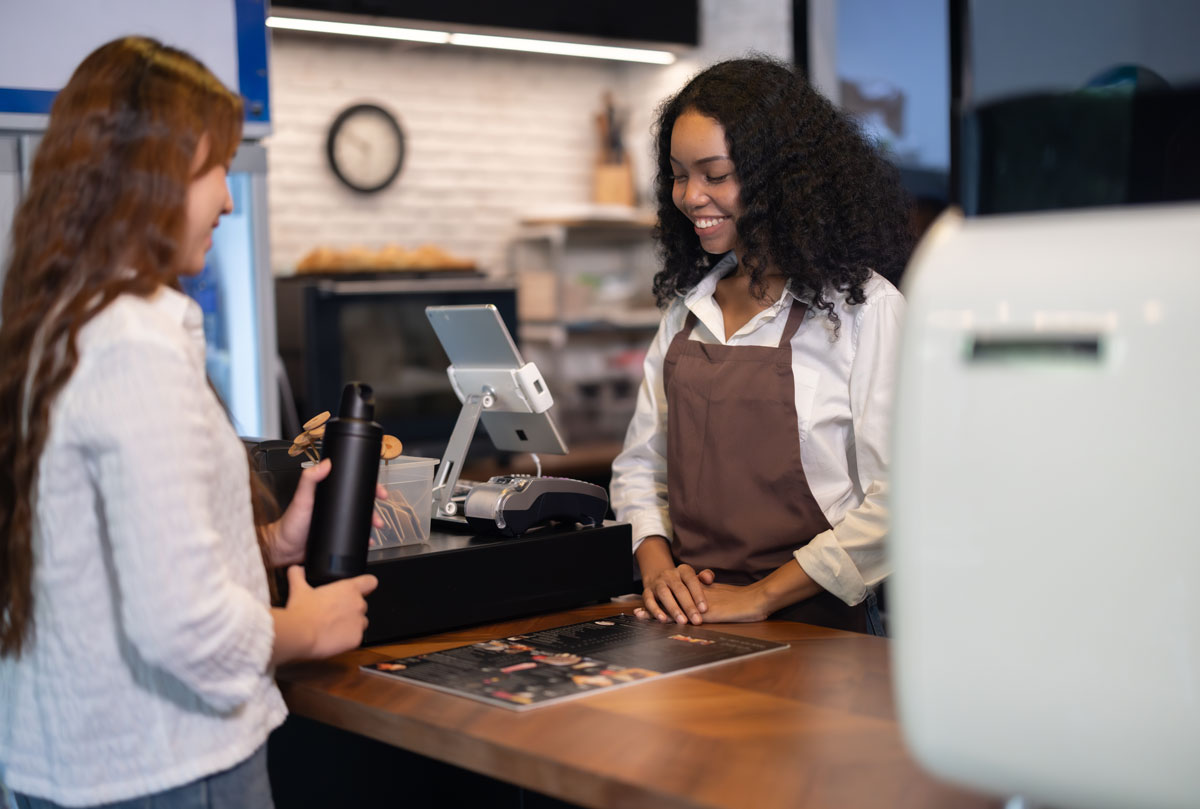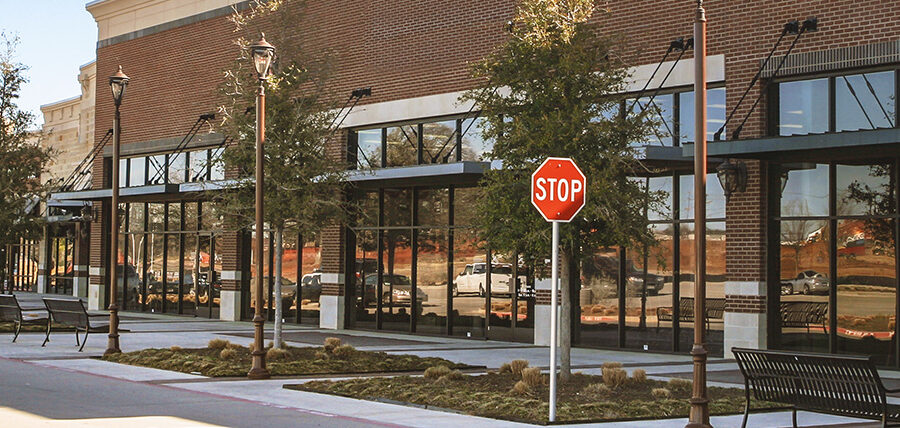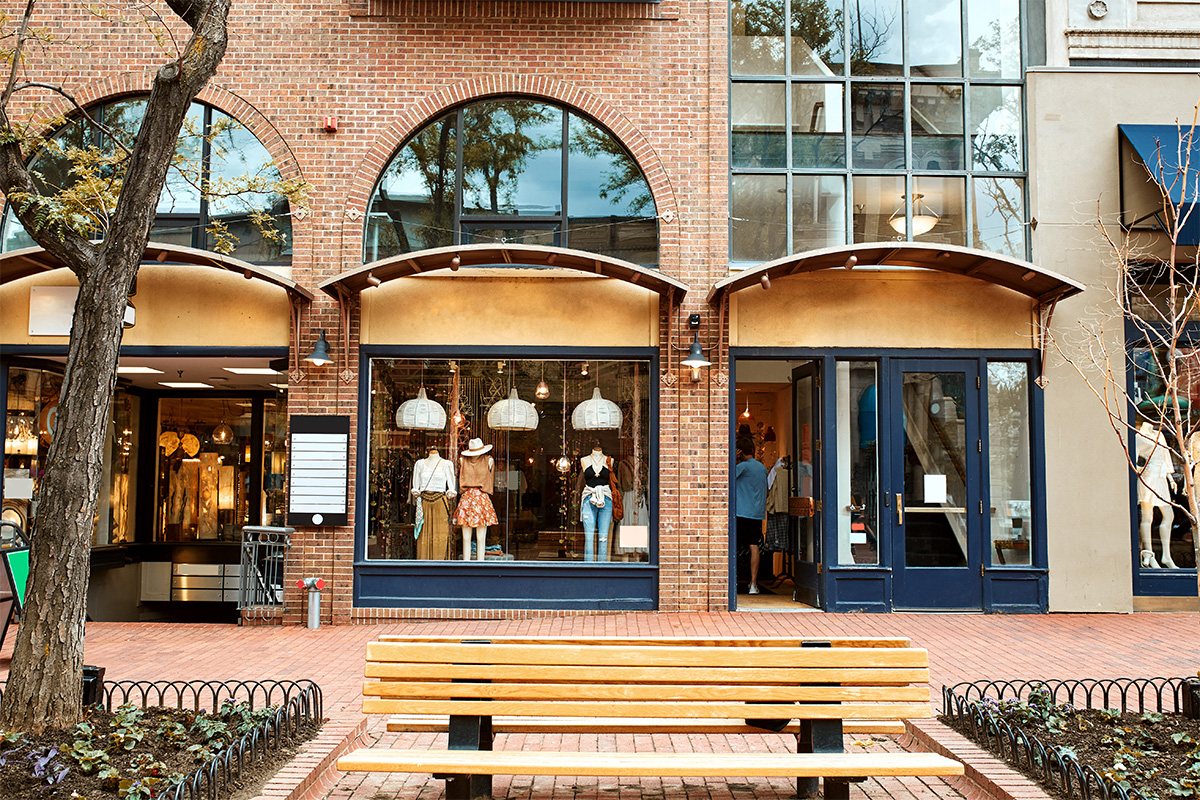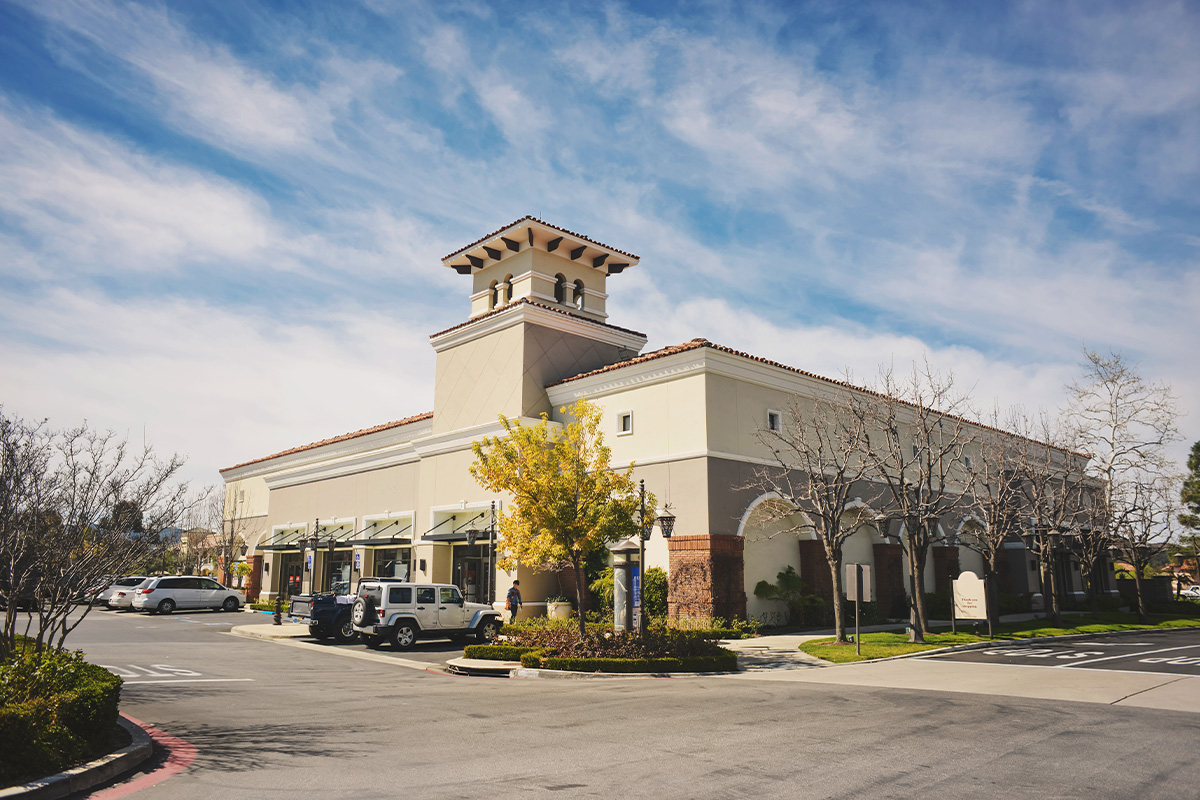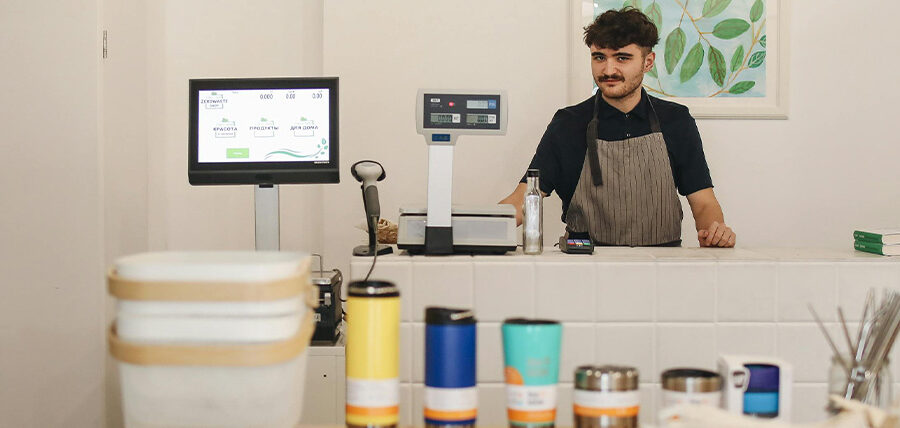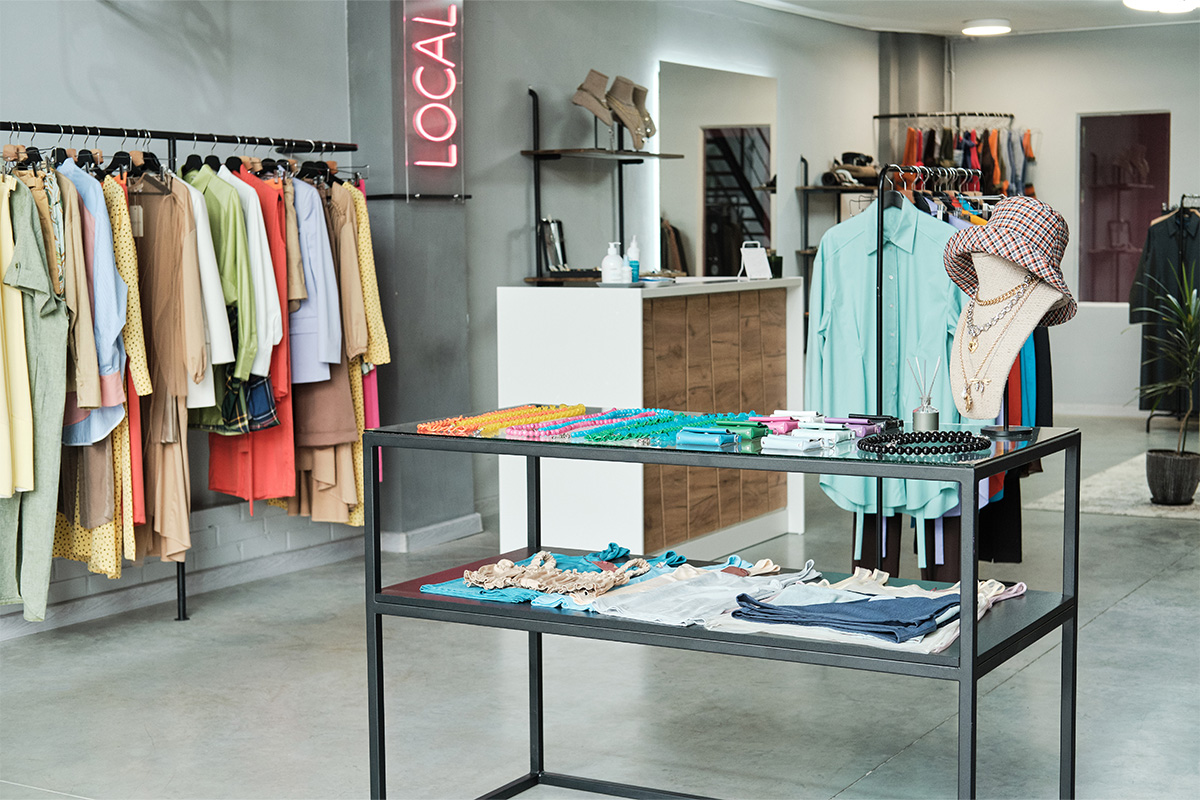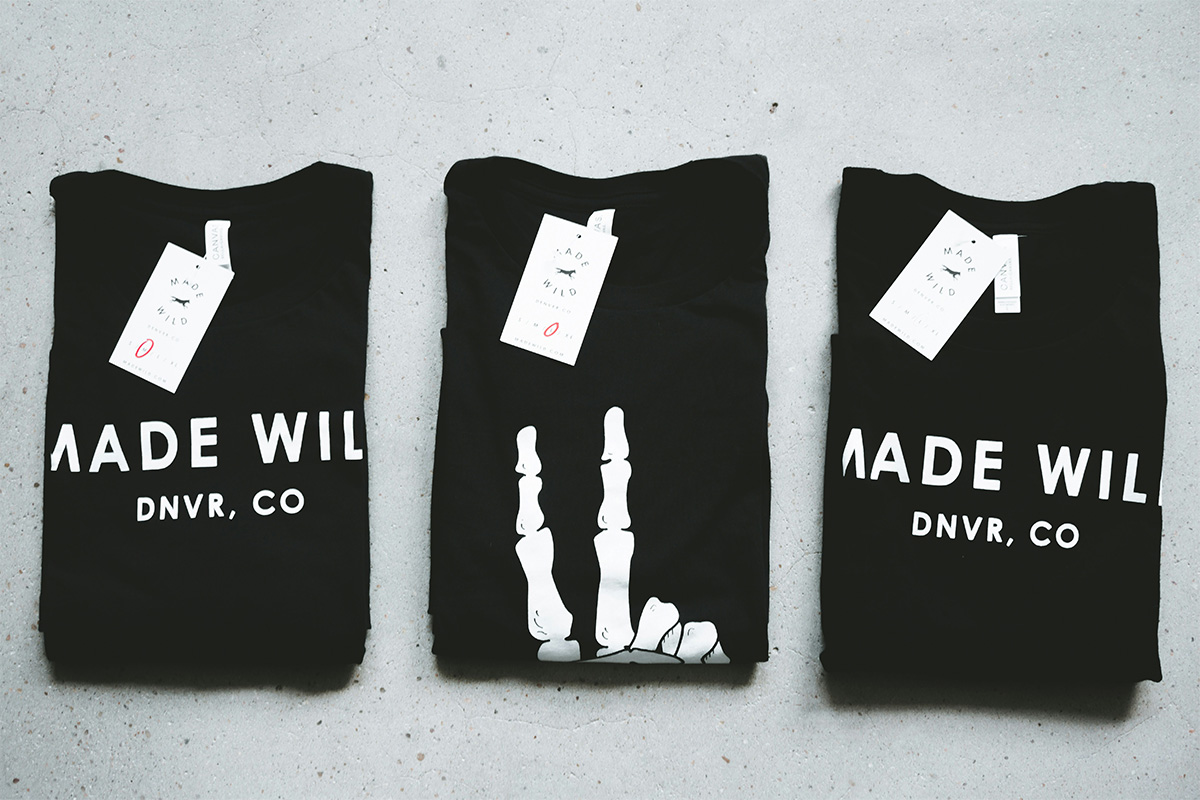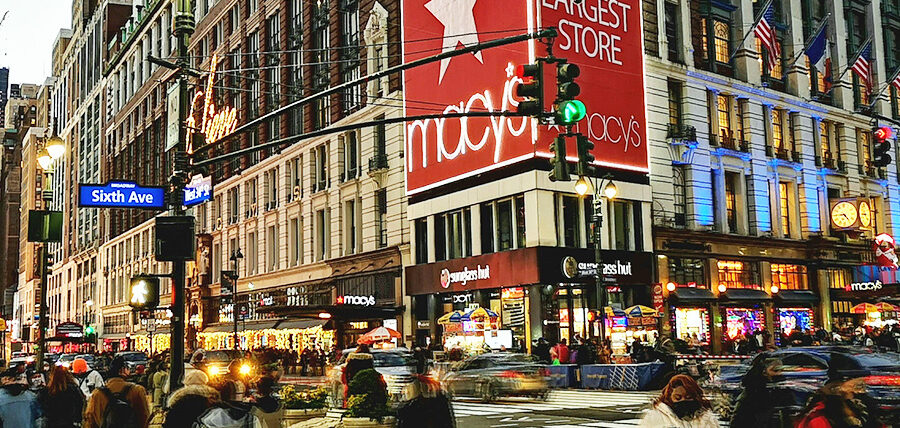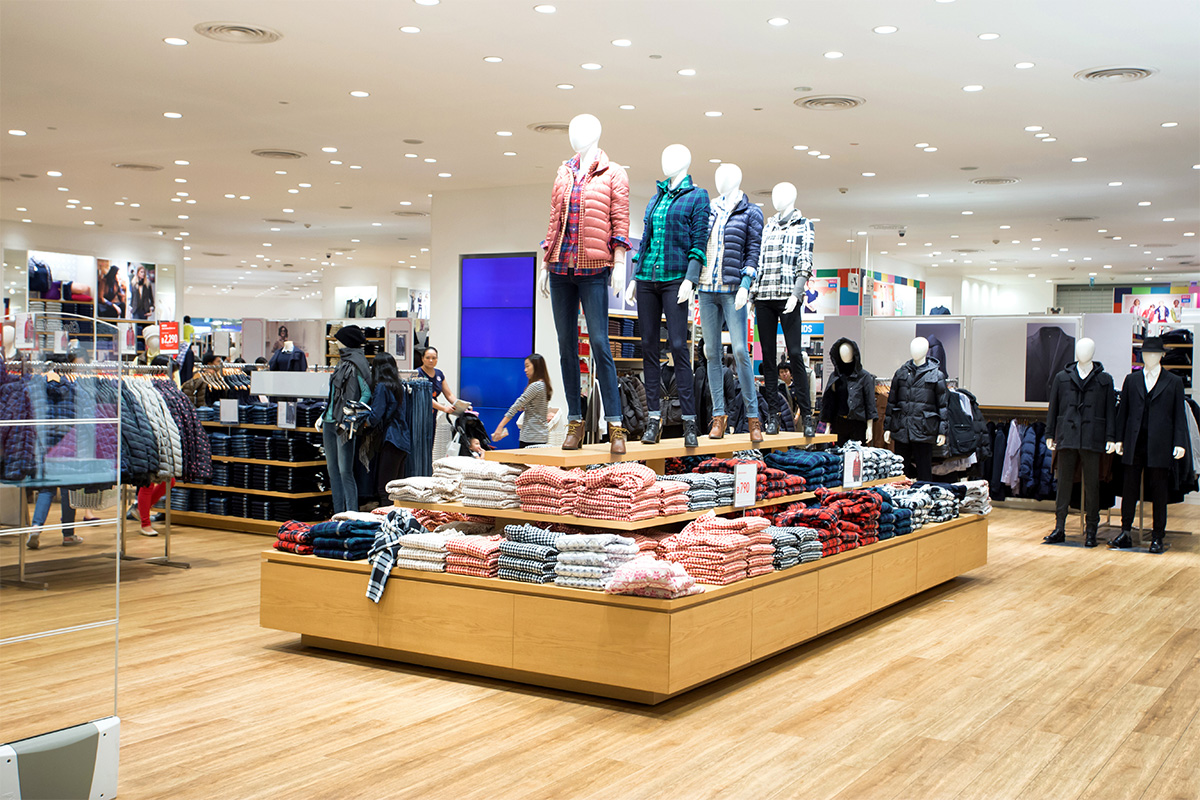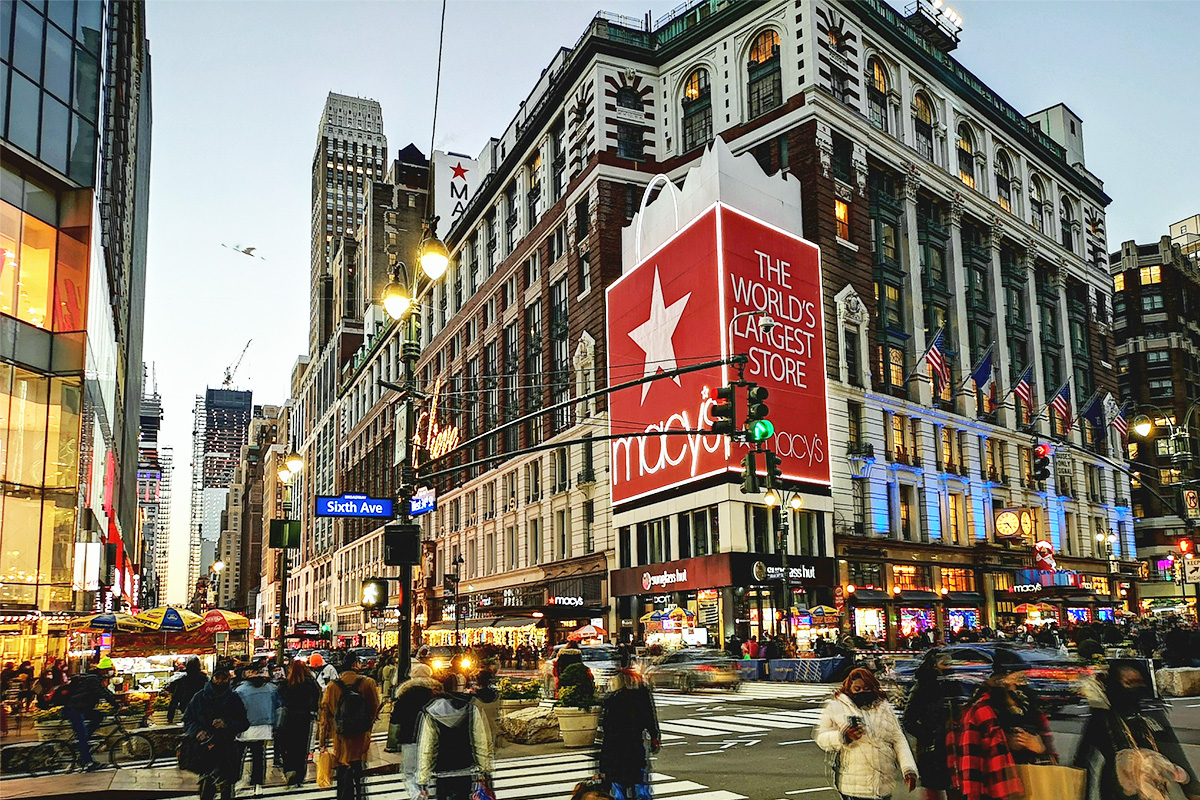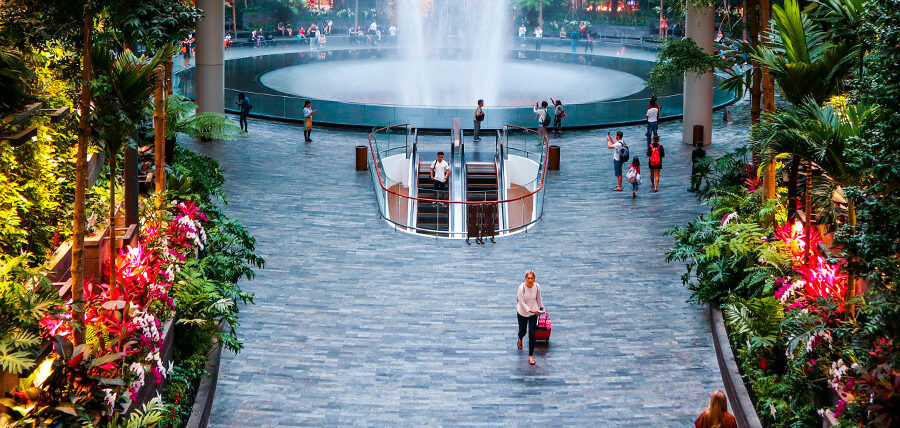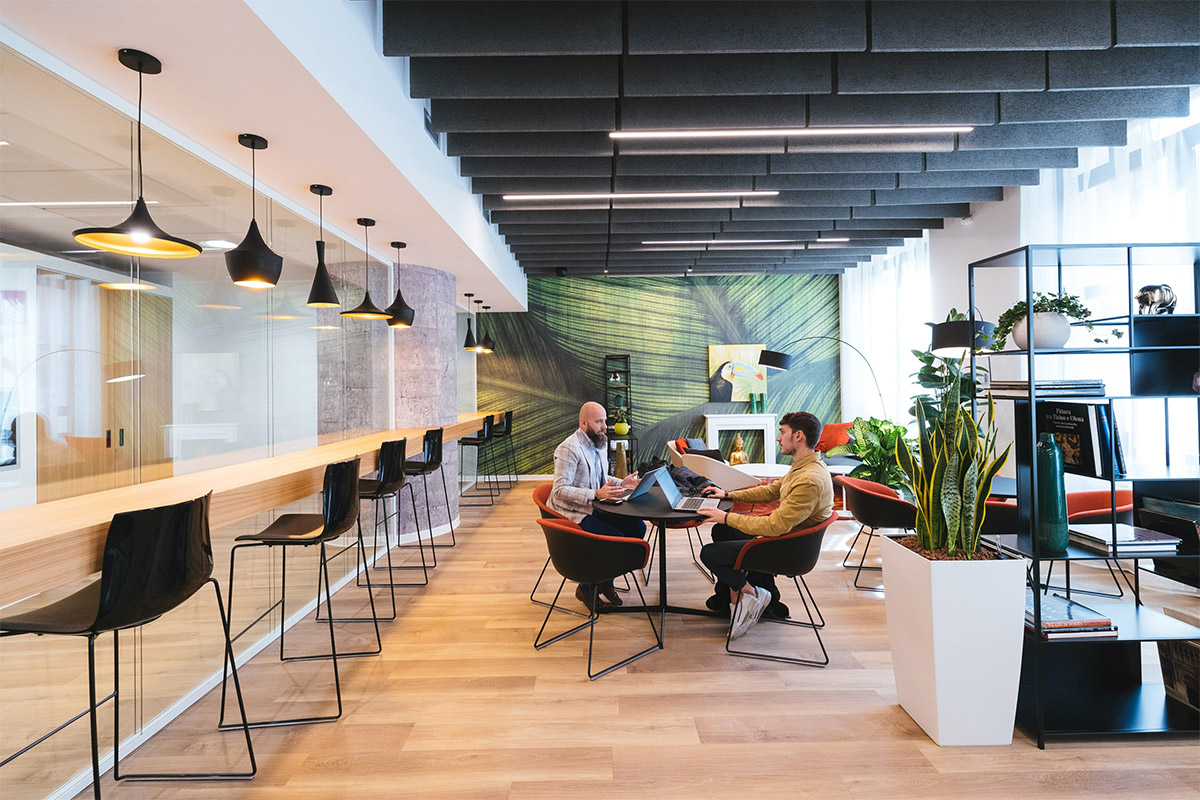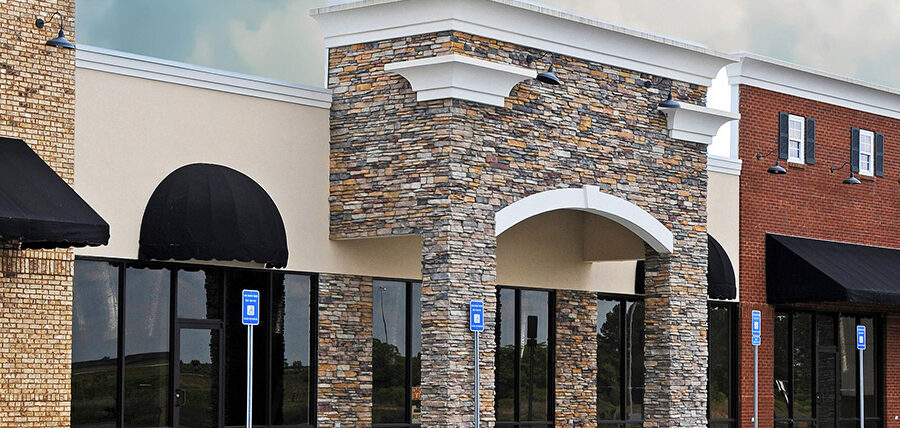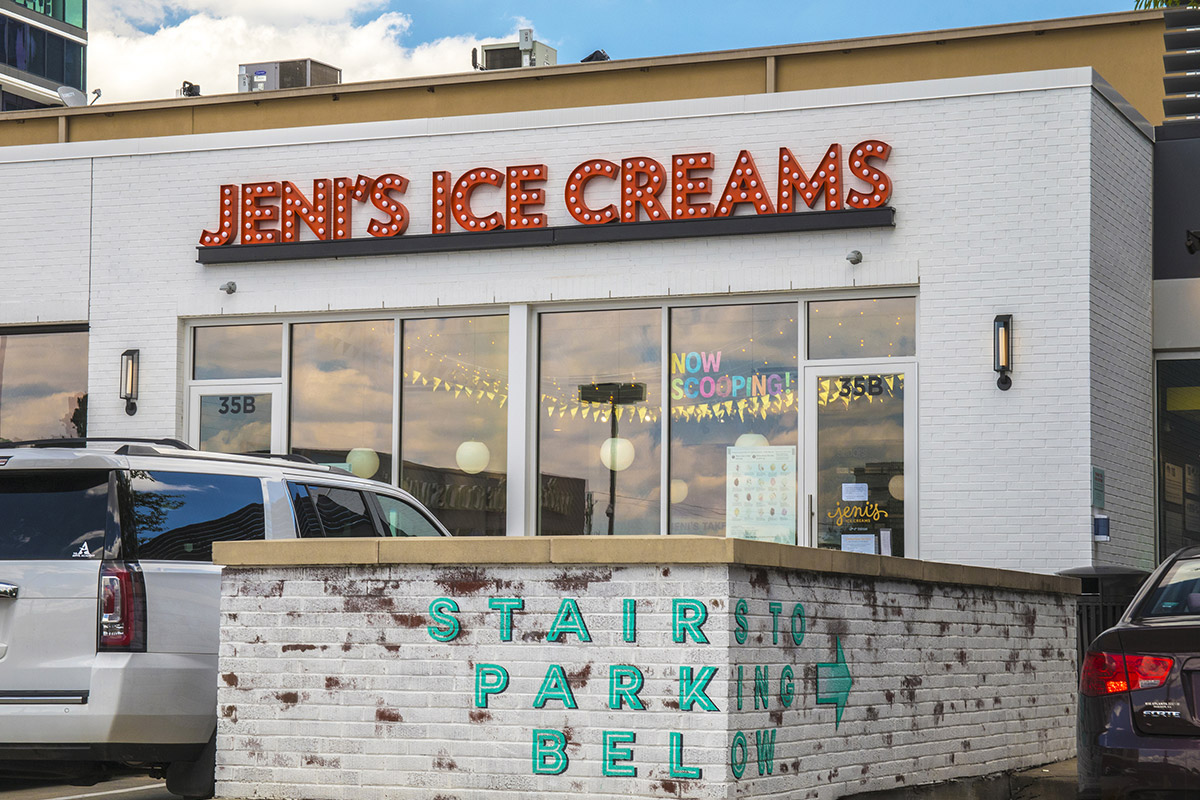share this article
Imagine a consumer so enamored with a brand that they want to embody it. Isn’t this every retailer’s dream? Enter the creation of branded residences—the next logical step some luxury brands are taking to create a deeper connection with their brand loyalists.
Take the Fendi Chateau Residences in Miami, for example, which feature 58 “flow-through oceanfront residences” featuring interior design by Fendi, white-glove service offered “on an intimate scale,” a spa with European thermal pool, and ultra-luxury concierge services by Fendi Chateau attaché, among other amenities.
Similar branded residences to suit every preference are popping up, and catering to consumers who live and breathe their brands.
Branded Residences Aren’t New – But They’re Hot Now
Branded residences aren’t exactly new. They date all the way back to the 1920s when the Sherry-Netherland became the first branded hotel development to feature fully serviced apartments. The concept gained traction when Four Seasons opened its Boston luxury residences in 1985.
Branded residences are luxury residential properties tied to a brand. Historically, they were only offered by exclusive hoteliers, providing prospective buyers the opportunity to purchase their own beautifully designed residence, either within the hotel itself or in a hotel-owned standalone development.
While hoteliers investing in branded residences was a logical progression, today’s lifestyle, auto, and fashion brands also are getting in the game, leading to a resurgence in these signature homes. In fact, the branded residence sector is up 160% over the past decade, according to London-based commercial real estate brokerage Savills.
“Fashion, a natural extension of one’s lifestyle, seems like an obvious choice for a branded home, and luxury buyers trust that products from fashion houses will retain high-quality details and a refined level of craftsmanship,” writes Emma Reynolds in the Robb Report.
While many high-end fashion brands including Fendi have carved out a niche in the home décor industry, branded residences offer the opportunity for these brands to immerse brand loyalists through touches like customized fabrics and fixtures. These looks not only appear in residents’ homes but throughout the entire building as well.

The Collaboration Behind Branded Residences
Branded residences typically stem from a partnership between a company and a developer in which the brand grants a license to the developer to market and sell residences incorporating its brand. Owners of branded residences are also typically required to pay annual homeowners’ association fees to help maintain the elevated look of the property.
Bentley Residences is an example of one of the newest non-hotel branded residences. Miami, which is known as the “branded residence capital of the world,” is home to these 216 furnished apartments and a host of amenities that rival those found in a five-star resort.
The Waldorf Astoria in New York City is another example of a branded residence, though a co-located type since the construction of 375 residences will sit on top of the hotel space. The residential section, called The Towers, has separate owner entrances and a concierge closet at the entryway of each residence to ensure secure and discreet package delivery.
Want the branded residence experience without the commitment (and cost)? Book a stay at Armani Hotels in Milan or Dubai, the self-described “pinnacle of luxurious living and fine dining” in “an exceptional world of luxury.” Starting at $2,400 a night for a room in Milan, guests can add on one-of-a-kind experiences and services to make their stay at Armani Hotel Milano “more and more exclusive.”
What’s the Draw?
The simple explanation points to modern society’s need for brand familiarity and speaks to the equity that some brands can boast, particularly in the luxury sector.
“We live in a branded world, and buyers of such products seek association with brands they are loyal to and know they can rely on for a premium product,” says Jonathan Nash, a top-producing luxury realtor with Beverly Hills-based Hilton & Hyland.
The allure of branded residences’ elevated level of luxury living appeals to time-starved, affluent, and brand-conscious would-be owners who are attracted to all these properties have to offer, including the exclusive brand experience. After all, these residences not only offer quality design, but security and the highest levels of service. Amenities like valet parking, spa services, dog walking, and even personal concierge services are table stakes.
For examples of unique amenities, look no further than Porsche Design Tower or Bentley Residences, whose auto-centric luxury perks include over-the-top personal car elevators. Major Food Group’s Villa even features a private restaurant and chef-designed kitchens.

The Future of Luxury Branded Residences
Here’s a revealing insight: commercial real estate brokerage Savills estimates that non-hotel brands will account for 20% of the total supply of branded residences by 2030. That’s an increase of 40% from current levels, showing the incredible ongoing transformation and expansion within the branded residences market.
They also predict the demand for branded residences will remain strong in global cities that are hubs for business and education, cultural attractions, and unique experiences. All of those attract the sort of affluence required to live in a branded residence.
In addition to New York, London, and Miami, another hot global market that is predicted to experience a growth in branded residences is Dubai, with 51 operational schemes in the works, according to Savills.
A few of the brands planning on entering the market before 2030 include Dolce & Gabbana, de Grisogono, and Mama Shelter.









